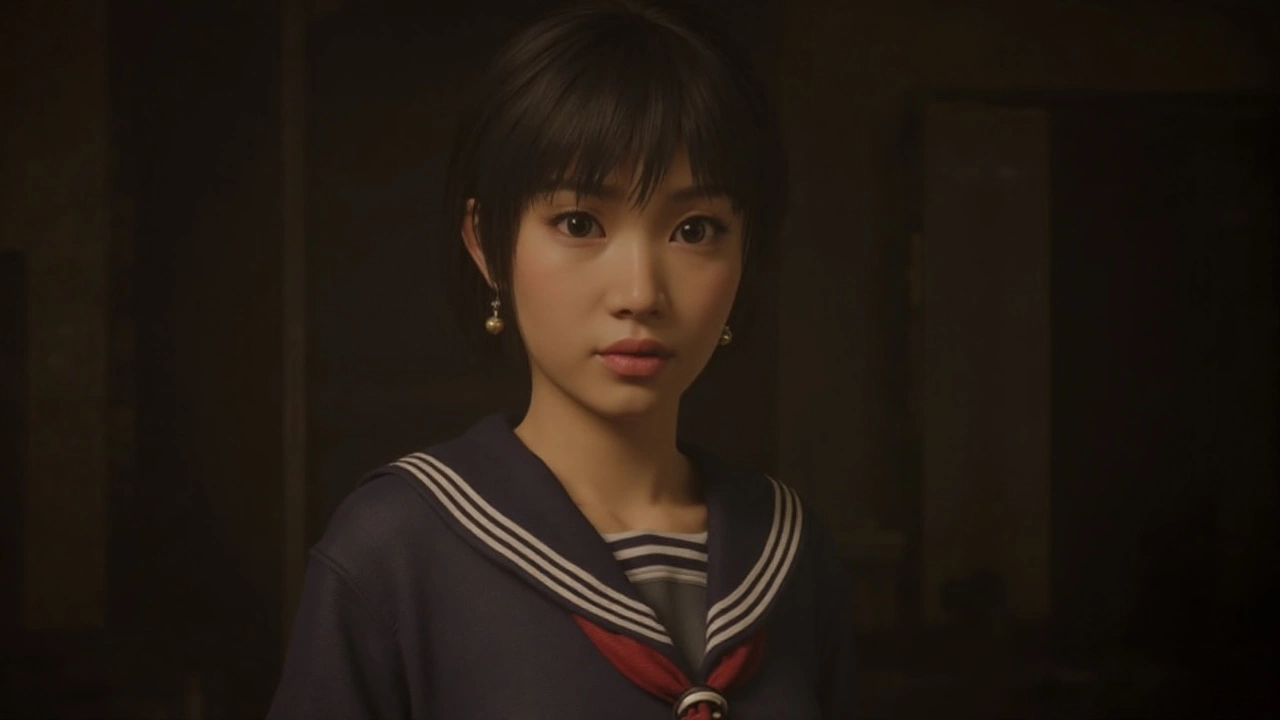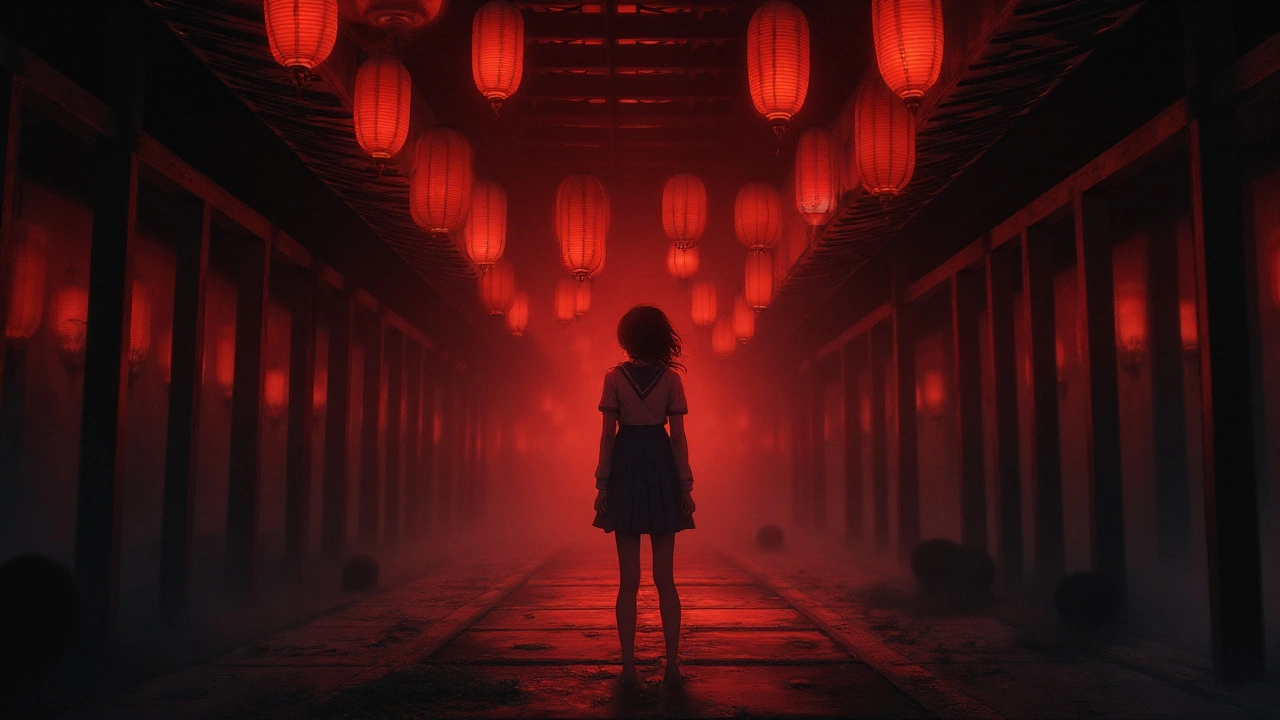Critical Reception Across the Board
The moment the embargo lifted, reviewers swarmed the new Silent Hill f and handed it an impressive 85 on OpenCritic—a mere two points shy of the celebrated Silent Hill 2 remake. Dexerto and Game Rant both handed out perfect 10/10 scores, praising the game’s daring departure from the series’ American‑town formula. Their verdicts highlighted a "nightmarish cocktail" of grotesque monsters, hauntingly beautiful environments, and relentless psychological dread that they argue rivals, if not surpasses, its predecessor.
Other outlets offered slightly more measured scores but still rang the praise. TheGamer gave it 9/10, noting that the title finally cements the franchise’s comeback with an "emotional, unpredictable, and unsettlingly beautiful" experience. GamesRadar’s 8/10 review praised the fog‑laden atmosphere and inventive monster design while calling out an overengineered combat system that can feel frustrating. Hardcore Gamer echoed a similar 8/10 rating, applauding the technical showcase on PlayStation 5 Pro yet questioning the short length and some world‑building choices that stray far from classic Silent Hill tropes.
Eurogamer’s video analysis underscored that, despite abandoning familiar hallmarks like the torch and radio static, the game remains terrifyingly tense. Vikki Blake observed that the monsters both "delight and disgust," delivering a sensory experience that, while perhaps not as bone‑chilling as the Silent Hill 2 remake, remains deeply unsettling.
- Dexerto – 10/10
- Game Rant – 10/10
- TheGamer – 9/10 (4.5/5)
- GamesRadar – 8/10
- Hardcore Gamer – 8/10
- Eurogamer – Video review (positive overall)

Innovations, Setting, and Technical Highlights
What truly sets Silent Hill f apart is its bold setting: 1960s Japan’s fictional town of Ebisugaoka. By moving the horror out of the familiar mist‑shrouded American suburb, NeoBards Entertainment taps into a cultural palette that feels fresh yet still echoes the series’ core themes of guilt, repression, and societal decay. Critics repeatedly noted that this shift supplies new narrative angles while preserving the claustrophobic dread fans expect.
Visually, the game pushes next‑gen hardware to its limits. High‑resolution textures, dynamic lighting, and volumetric fog combine to create environments that look both "disgustingly beautiful" and palpably oppressive. Audio design receives particular commendation; ambient sounds, distant wails, and creature noises are mixed with a precision that makes the fog feel alive.
Puzzle design also earns marks for difficulty and ingenuity. Reviewers lauded challenges that require observation and lateral thinking, reinforcing the sense of helplessness that defines classic survival horror. The inclusion of five distinct endings further boosts replay value, encouraging players to explore different narrative branches and uncover hidden lore.
However, not all feedback is glowing. The combat system’s stun‑lock mechanic—where enemies can trap the player in a perpetual stun—has been flagged as a source of frustration. Some felt this undermines the tension by turning encounters into a trial of patience rather than skill. Additionally, the main campaign runs roughly 8‑10 hours, shorter than many modern horror titles, prompting calls for more content or post‑launch expansions.
Overall, the consensus among reviewers is that Silent Hill f successfully walks the tightrope between innovation and tradition. By daring to relocate the dread to a new cultural landscape, sharpening technical execution, and preserving the series’ psychological core, NeoBards and Konami have delivered a title that feels both reverent and revolutionary, solidifying the franchise’s modern resurgence.

Write a comment